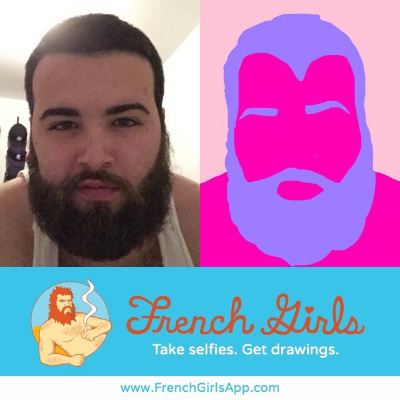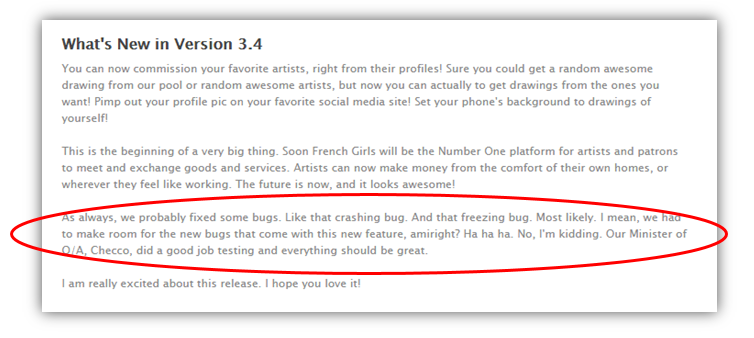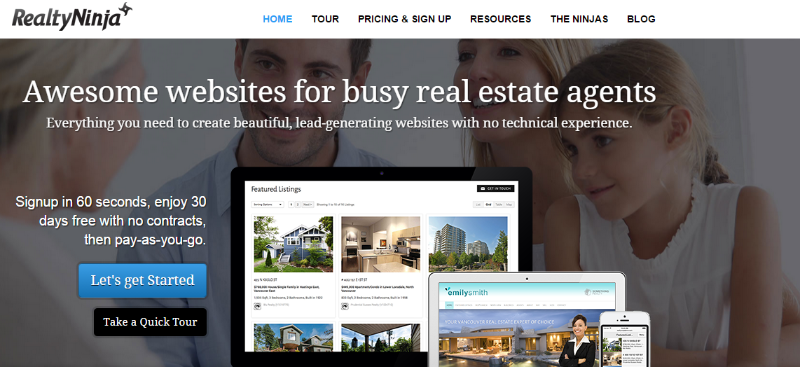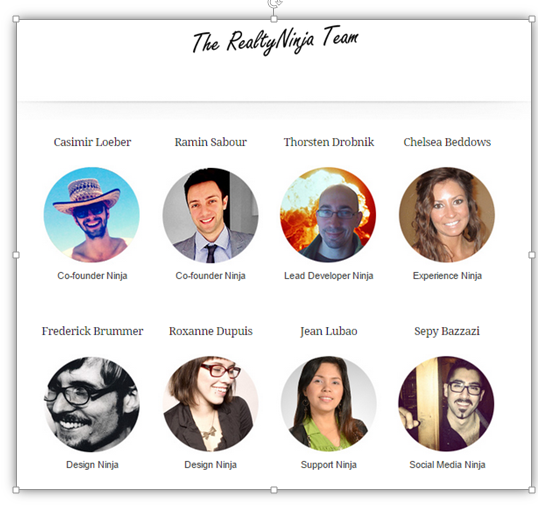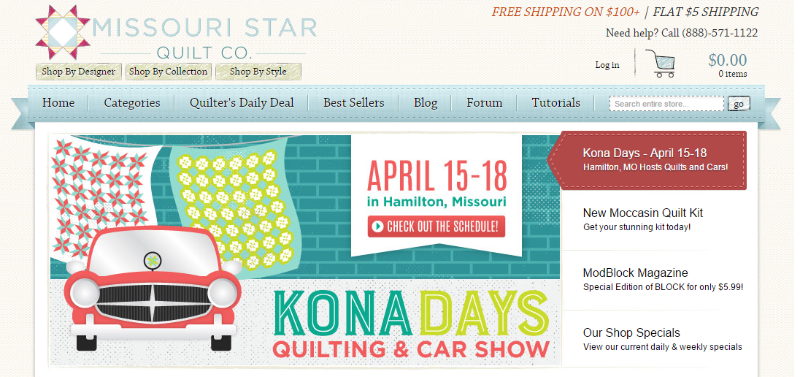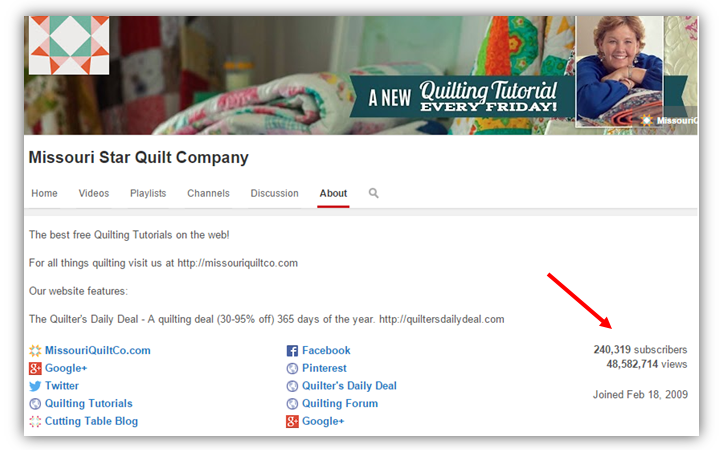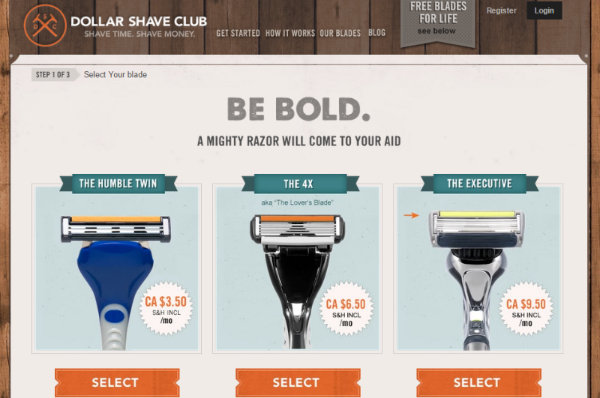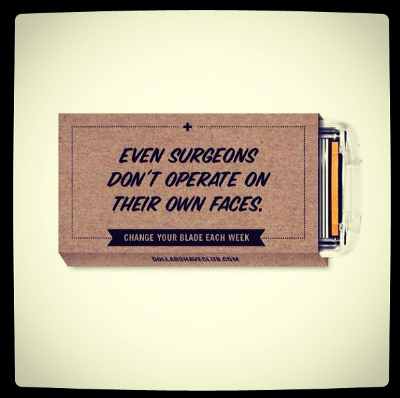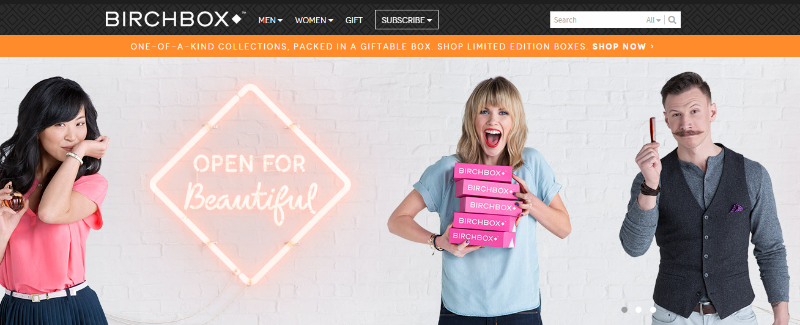It’s easy for me to write about how great inbound marketing is.
It’s great! It’s wonderful! It’s cost efficient! Your business will grow!
See? Easy!
But are you really convinced? If you answered “yes” then please feel free to mosey on over to our pricing page to choose a package, so we can help you get you started with your inbound marketing strategy!
However, if you’re not convinced (I’m going to go out on a limb and guess that you’re not?), then just hold on to your horses because I’m about to change your mind for good.
How?
With proof. With real business, just like yours, who have been built and who have grown using inbound marketing. Yes, that’s businesses that have used email, social media, SEO, their website and content marketing to help build and grow their businesses.
These aren’t cases of inbound marketing “kinda helped us, a little bit, maybe…”, but real-life proof that businesses – just like your one – can and do grow with inbound marketing.
Businesses built on inbound marketing are very possible – so here’s a few examples of businesses who’ve succeeded!
First up is the app that’s taking the world by storm recently – French Girls.
French Girls
Would you let a complete stranger – that isn’t necessarily an artist – draw you? How about if they drew your selfie? And they also had the anonymity that comes with the internet?
Sounds a little scary, huh? Well that’s exactly that premise of the French Girls app.
French Girls takes the world’s obsession with selfies to a next level. All you have to do is take a selfie, send it to the French Girls community, and then a stranger can draw their interpretation of that selfie.
The temptation to declare “paint me like one of your French girls” every time I go onto this app is almost unbearable.
Not the best photo of me, and terrible lighting, but I hadn’t hoped for much… being turned into a weird flower person was definitely worth it though.
But I admit, I prefer being on the artist end of the app.
Sometimes you just have to play it simple.
The content produced by the French Girls community has been a huge success on Reddit (they have their own subreddit!) and Tumblr, demonstrating that it’s not always the big bosses of social media that work best for businesses.
So how have they done it?
Amazing inbound marketing. Everything about their marketing is funny, light hearted and entertaining – just like the app intends to be.
Even their updates are hilarious:
How many other businesses can you think of that do this? Not many, I bet.
And the content that French Girls create? Well it’s mostly user-generated! (You know, the kind of content that millennials trust the most)
French Girls use what their app creates in order to market themselves by curating the best art and sending out via email and social media.
Their user-centric marketing creates a really strong community of avid users, ones who compete to be seen, and drawn.
And has it all paid off?
“Growth has been strong,” Ceresko said. “We’re really happy to be closing in on 2 million total installs of organic growth. With the new features we’ve added and [those] coming in the near future, I only expect growth to increase.” (via the Daily Dot)
RealtyNinja
RealtyNinja first came to my attention when they were spotlighted by PowToon for their awesome explainer video:
This Vancouver based website design-company specifies in creating websites for realtors that are super easy to manage and update. But moreover, their marketing is fantastic. By making themselves into “Ninjas” they’ve taken something that could have potentially been boring and hard to sell, and made it super interesting.
I mean… Who doesn’t want to work with ninjas??
After dabbling in outbound marketing, RealtyNinja soon discovered that inbound is where it’s at:
We have had lots of success with outbound marketing but the issue is that as soon as you stop paying, the traffic stops. It is just not sustainable in the long run and is not really an investment. With inbound marketing you put the effort in the beginning and it pays dividends for a long time.
So what inbound marketing tactics have RealtyNinja found to be the most useful? They say their blog is what’s at the center of their inbound marketing strategy:
It’s a platform that allows us to provide value, establish ourselves as experts and then easily syndicate that content throughout our other social media channels such as Twitter or Facebook.
RealtyNinja have dedicated a lot of time to their content curation process, stating that “it is all about content, so if you focus on building a culture of quality content creation, you can then have fun with different techniques on how to spread/use the content.”
Video marketing is quickly becoming one of the most effective ways to market, but many businesses find the prospect daunting. RealtyNinja, however, are making video marketing a priority in their inbound marketing strategy:
We are exploring how we can use more video in our marketing efforts, so this will definitely be where we focus our exploratory efforts in the near future.
Hubstaff
Hubstaff is a time tracking, work verification and payment tool that helps remote teams work more effectively.
Hubstaff have a dedicated strategy with regards their inbound marketing: To be as transparent as possible with their business growth. This tactic works for them in 2 ways:
- It allows for people to get to know the company
- It’s a scalable content marketing strategy
According to Hubstaff’s founder, Dave Nevogt, online customers are demanding more information from businesses before they make any purchasing decisions.
I believe everything on the web is getting more and more transparent. I feel that potential customers really need to know who you are before they make a buying decision. Our strategy is to help our clients really get to know the company, but we try to do it through scalable means (blogging and content marketing).
Their content is broken up into 3 parts, “how we grow”, “tools we use” and “product updates” which allows for people to browse through the different aspects of Hubstaff’s business.
It’s genius, really.
By sharing their personal story of business-growth, they’ve also created a story that is both unique and engaging for their readers.
We’ve been transparent about our revenue numbers, how we built our team, our growth strategies and our failures. By doing this, we’ve been able to build a story that people are interested in. It makes them get a level closer to our founders and our company and understand that there are real people behind the scenes that truly care about the product.
But it’s not just about getting to know the business. The transparency also allows for Hubstaff to use their own business as a case study for remote working, or as “proof of concept” for businesses who are deciding whether or not it’s a viable option for them.
“People are either on board with being remote or they’re not,” Dave said. “By being transparent and proving that it is possible to operate remotely and be successful at the same time, we’re hoping to both get more brand awareness and further the ultimate goal of more remote companies out there at the same time”.
Hubstaff is committed to inbound marketing, with 2 blog posts a week being a core part of their inbound marketing strategy.
Content has always has been the primary method for selling products and services online. It’s how you attract new potential leads, how you convince them that you are worth listening to, and eventually how you make the sale.
But the importance of content marketing to their business comes in second place, with product quality being their top concern:
I think this marketing first-attitude can still succeed in some industries, and back in 2003 it may have applied to all industries. But now it’s 2014, and I think the rules have changed drastically (especially in software).
To add to the compelling case study that is Hubstaff, they also publically provide their revenue via Baremetrics that’s at a reasonable 26,000+ MRR as of this week.
Missouri Star Quilting Co.
If you’re not a quilter, then you might not have heard of Hamilton, Missouri – otherwise known as the quick-quilting capital of the world. How has it gained such a moniker, you ask? With just one company: The Missouri Star Quilting Co.
How did it all start?
Jenny and Ron Doan were experiencing the pinch of the recession in 2008, as was much of Hamilton. To keep busy, Jenny began to sew quilts for family and friends and soon became overwhelmed with orders.
That’s when Jenny and Ron’s kids, Al and his sister Sarah invested $24,000 into a long-arm sewing machine, a dozen bolts of fabric, and a building in Hamilton for the operation. But after 2 years of working without bringing home any paycheck, it didn’t seem like the business was going to make it.
Al decided they needed to get online. But the problem was that quilting wasn’t very sexy. And there were plenty of quilting websites out there already. How would they differentiate themselves?
By making their visual product even more visible through Youtube.
And that’s when Missouri Star Quilt Co.’s YouTube channel was born – and with 240,000+ subscribers, it’s easy to see that it’s taken off.
Spending very little on advertising in the first few years, our company relied entirely on its creativity to grow. We started a YouTube channel with my mom Jenny (aka “Momma Doan”) as our instructor, teaching quilting techniques and ideas to beginner and advanced quilters alike.
On average, the videos have driven new traffic to their website and helped gain an average of 2,000 sales per day making them the world’s largest supplier of pre-cut fabrics.
To date, the Doans now have 120 employees working in Hamilton, and they’ve also invested 3 other businesses.
LuxyHair.com
When LuxyHair’s Mimi was getting ready for her wedding day, she wanted hair extensions that were affordable and high quality that she could wear for her big days, but also keep, reuse and wear again. What she found when she went searching for this product was a myriad of crappy extensions with low price tags, or quality extensions with high price tags.
So that’s when LuxyHair was born.
But hair extensions can be a difficult product to market online. The various difference shades, weights, lengths and qualities of hair extensions have meant that women usually prefer to go to a hairdressers or a brick-and-mortar store for their extensions (or just go without them entirely).
In order to market the extensions effectively, LuxyHair had to ensure that their customers knew exactly what the product had to offer, what it looked like and how you could use them. And that’s when YouTube came in.
LuxyHair’s YouTube channel has over 2 million subscribers and 260 million views, and it’s through word of mouth advertising and referrals that they’ve found the most success:
Our business was entirely grown through our YouTube channel, the YouTube community and word-of-mouth. We only recently started experimenting with paid marketing – up until then it was all organic.And our initial biggest win was a YouTuber with about 15,000 subscribers reviewing our product. This did way more for us than any magazines mention can do as we’ve been featured and it’s nothing compared real people on YouTube. (via Shopify)
Watching their videos, what’s most notable is that you don’t ever feel like you’re actually being sold to. All of the content is completely free, and aimed at helping women with different hairstyles and techniques that they might be interested in. This allows for LuxyHair to build an audience of loyal fans, who will eventually become loyal customers too.
YouTube works well for us because of the way we approach the YouTube community. Our approach is to try our best to give people value and a personal connection when we create our videos. We honestly don’t focus on selling and instead focus on these two factors. The sales and word-of-mouth come as people can feel we genuinely want to help people. We don’t even use our product in most of our videos. (via Shopify)
Moreover, they don’t stop at YouTube. The content that’s created for their videos are also turned into blog posts, pins on Pinterest and beautiful Instagram photos. Any social media platform that’s visual, they’re there.
Help Scout
Help Scout is a B2B customer service software company that was founded in 2005, but with considerable competition from the likes of Zendesk, Help Scout soon realized that they would have to pull out all the stops in order to make it.
Back in April 2013, Help Scout were growing by 10% month-on-month, and grew leads by 678% from August 2012 to February 2013. In 2014, Helps Scout proudly announced that its 50 blog posts had brought it nearly 2 million users that year.
To date they’re closing in on 300k unique visitors this month and 3,000 paying customers.
Our sole goal with our inbound marketing is to provide value to our customers and readers. All our blog content is centered around helping customers to build a company people love. Content is at the center of all our marketing efforts and it’s what’s fuels the acquisition funnel.
So how did they do it?
Help Scout focuses on giving their customers content with a kick. Content that’s outside the norm of their industry – content that is often data driven, always written in great detail, and that’s invaluable to their customers. For example: Using Data To Build A Happy High-Performance Support Team and Gmail Fails for Customer Support.
They outline their approach to inbound marketing in their The 25 Principles that Power Our Company Blog post.
The Dollar Shave Club
Probably one of the most infamous businesses that were built on inbound marketing is The Dollar Shave Club. When Dollar Shave Club spent $4,500 on a video in 2012 you can bet they hadn’t expect that it would get them 18.6 million views in 2 years. Or that they would 59,000 followers on Twitter and 1.6 million Facebook fans. Oh, and the video got them 12,000 new customers in 2 days of being live.
I know, it’s crazy, right?
Founded in April 2011 by comedian Michael Dubin and businessman Mark Levine, DollarShaveClub sells quality no-name razors for less than the cost of brand razors, but with high-end customer service and packaging.
There are competing against Gillette and Schick.
With 5 employees and a small budget, their video helped them attract 12,000 new customers in 2 days.
But they didn’t stop there. Their content marketing just grew and grew, and of course, they expanded beyond Youtube to a very frequently updated blog, to Facebook, Vine and even Instagram.
BirchBox
The first ever BirchBox was shipped in September 2010, and five years later BirchBox has a staggering 800,000 customers that have received over 9 million boxes filled with awesome products.
How’d they do it?
With inbound marketing.
BirchBox success began with an emphasis on social media and content marketing. Cipolla, direct of editorial operations at BirchBox said this year that “Content was there from the beginning. It was never an afterthought. It is core to our business strategy.”
BirchBox also capitalized on customer reviews from key influencers in their industries – in particular: Fashion & Make-up Bloggers/Youtubers.
Are there any other businesses built on inbound marketing that you’d like to hear about? Or maybe you’d like to be featured? Let us know in the comments below!
Keep in touch if you liked this post!
 Don't leave us like that, let's stay in touch through our monthly newsletter!
Don't leave us like that, let's stay in touch through our monthly newsletter!



